Home>Gardening & Outdoor>Plant Care & Gardening Tips>Where To See Wildflower Blooms
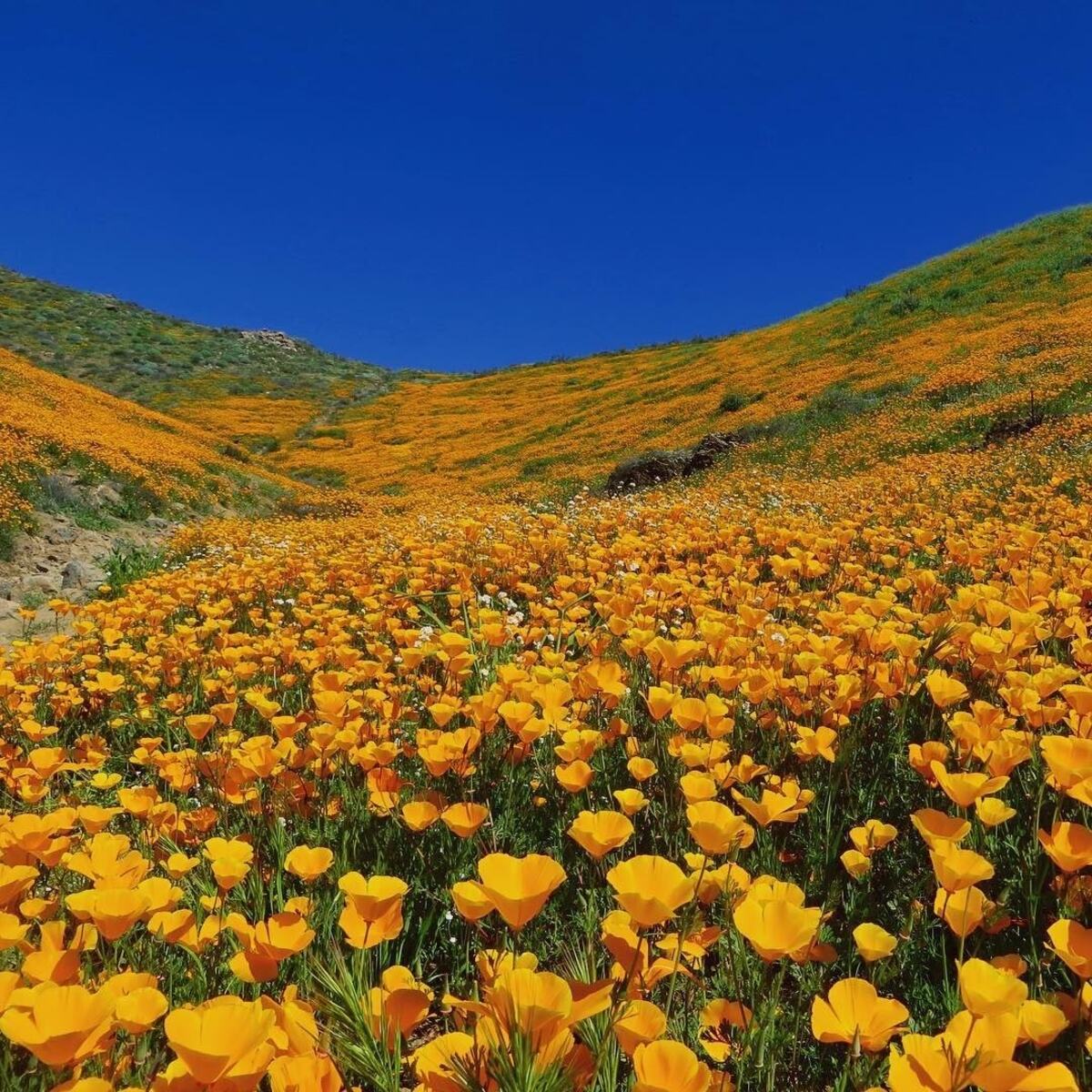

Plant Care & Gardening Tips
Where To See Wildflower Blooms
Modified: January 9, 2024
Discover the best locations to witness stunning wildflower blooms and get expert plant care and gardening tips. Explore the beauty of nature and enhance your gardening skills.
(Many of the links in this article redirect to a specific reviewed product. Your purchase of these products through affiliate links helps to generate commission for Storables.com, at no extra cost. Learn more)
Introduction
Welcome to the breathtaking world of wildflower blooms! There’s something truly magical about witnessing vast expanses of vibrant wildflowers painting the landscapes in a kaleidoscope of colors. From the iconic poppy fields of California to the stunning bluebonnet meadows of Texas, the United States is blessed with an array of breathtaking wildflower destinations that are sure to captivate nature enthusiasts and flower lovers alike.
Each spring, nature puts on a spectacular show as wildflowers burst into bloom, transforming meadows, hillsides, and deserts into a mesmerizing tapestry of hues. Whether you’re an avid photographer, a hiker seeking picturesque trails, or simply someone who appreciates the beauty of nature, embarking on a wildflower pilgrimage is an experience like no other.
Join us as we embark on a virtual journey to explore some of the most captivating wildflower bloom destinations across the United States. From the golden poppies of California to the enchanting desert blooms of Arizona, we’ll uncover the best places to witness nature’s floral extravaganza in all its glory.
Key Takeaways:
- Embark on a wildflower pilgrimage across the United States to witness breathtaking floral displays, from the iconic poppy fields of California to the rugged desert terrain of Arizona, and the coastal plains of Texas.
- Each region offers a unique and enchanting wildflower experience, showcasing the diverse ecosystems and floral abundance that grace the nation’s landscapes, inviting exploration and discovery for nature enthusiasts of all ages.
Read more: Where To See Wildflowers In Tucson
California
When it comes to wildflower blooms, California stands out as a premier destination, offering a diverse range of landscapes adorned with stunning floral displays. One of the most iconic and widely celebrated wildflower events in California is the superbloom of vibrant orange poppies, particularly in the Antelope Valley California Poppy Reserve. During peak bloom season, usually in late March to early April, the rolling hills are blanketed with a mesmerizing sea of golden poppies, creating a sight that is nothing short of awe-inspiring.
For those seeking a coastal wildflower experience, the Point Reyes National Seashore is a must-visit destination. The spring months bring forth a delightful array of wildflowers, including the striking Douglas iris and the vibrant seaside daisy, set against the backdrop of dramatic cliffs and pristine beaches.
Heading inland, the Anza-Borrego Desert State Park showcases a captivating desert landscape adorned with a myriad of wildflowers. Visitors can witness the otherworldly beauty of desert lilies, verbena, and desert sunflowers, which bloom in abundance after the winter rains, transforming the arid terrain into a floral wonderland.
Another gem for wildflower enthusiasts is the Table Mountain Ecological Reserve, where a stunning array of wildflowers, including lupines, goldfields, and fiddlenecks, creates a breathtaking mosaic of colors across the expansive meadows and rocky slopes.
California’s diverse ecosystems offer an array of wildflower experiences, making it a paradise for nature lovers and photographers alike. Whether you’re drawn to the iconic poppy blooms, the coastal wildflower displays, or the desert flora, California’s wildflower destinations are sure to leave a lasting impression.
Texas
Known for its vast and enchanting wildflower displays, Texas is a haven for wildflower enthusiasts. One of the most celebrated wildflower events in the Lone Star State is the blooming of bluebonnets, the state flower of Texas. During the spring months, expansive fields and roadside verges come alive with the iconic blue hues of these beloved flowers, creating a spectacle that draws visitors from near and far.
The Willow City Loop, located near Fredericksburg, is renowned for its breathtaking bluebonnet vistas. This scenic drive offers a picturesque route through rolling hills adorned with blankets of bluebonnets, creating an idyllic setting for photographers and nature enthusiasts.
Enthusiasts of diverse wildflower species will find joy in the Lady Bird Johnson Wildflower Center in Austin, where an extensive collection of native Texas plants, including a wide variety of wildflowers, can be admired in beautifully landscaped gardens. The center’s mission to conserve and showcase native flora makes it an educational and visually captivating destination.
For those seeking a coastal wildflower experience, the Big Thicket National Preserve is a must-visit destination. This biodiverse region is home to an array of wildflowers, including the stunning Texas paintbrush and the vibrant Indian blanket, set amidst the lush woodlands and swamplands.
From the iconic bluebonnet meadows to the diverse wildflower habitats found throughout the state, Texas offers a rich tapestry of floral beauty that is deeply woven into its cultural and natural heritage. Whether you’re exploring the Hill Country, the coastal plains, or the urban gardens, Texas’ wildflower displays are a sight to behold, embodying the state’s natural splendor.
Arizona
Arizona’s rugged landscapes and diverse ecosystems provide a stunning backdrop for captivating wildflower displays. One of the most anticipated wildflower events in Arizona is the blooming of the desert lupine, Mexican gold poppy, and other native species that transform the arid desert terrain into a vibrant tapestry of colors.
The Superstition Mountains, particularly the Peralta Trailhead area, offer a mesmerizing wildflower spectacle during peak bloom season. Hikers and nature enthusiasts can witness the desert floor adorned with lupines, poppies, and other desert flora, set against the dramatic backdrop of the rugged peaks and canyons.
For those seeking a unique and otherworldly wildflower experience, the Antelope Canyon and Canyon de Chelly regions showcase the delicate beauty of desert wildflowers juxtaposed against the towering sandstone formations and ancient cliff dwellings, creating a striking contrast that is a photographer’s dream.
The Boyce Thompson Arboretum State Park is a botanical oasis where visitors can marvel at a diverse array of wildflowers from various desert regions across the world, including Arizona. The park’s themed gardens and nature trails offer an immersive wildflower experience, providing insight into the beauty and resilience of desert flora.
From the Sonoran Desert to the high plateaus, Arizona’s wildflower displays are a testament to the resilience and beauty of desert flora. Whether you’re exploring the iconic desert landscapes or the lush riparian areas, Arizona’s wildflower destinations offer a captivating glimpse into the intricate tapestry of desert blooms.
Colorado
Colorado’s diverse landscapes, ranging from alpine meadows to desert canyons, offer a rich tapestry of wildflower blooms that enchant visitors throughout the spring and summer months. One of the most iconic wildflower events in Colorado is the blooming of the Colorado blue columbine, the state flower, which graces mountain meadows and woodland areas with its delicate, nodding blooms.
The Crested Butte area, often referred to as the “Wildflower Capital of Colorado,” is renowned for its spectacular wildflower displays. The meadows and hillsides come alive with a vibrant array of wildflowers, including lupines, paintbrush, and the iconic Colorado columbines, creating a picturesque setting that attracts nature enthusiasts and hikers from around the world.
For those seeking alpine wildflower experiences, the Mount Evans Scenic Byway offers a breathtaking journey through subalpine and alpine ecosystems, where a stunning variety of wildflowers, such as alpine forget-me-nots and old-man-of-the-mountain, thrive in the harsh, high-altitude environment.
The Great Sand Dunes National Park and Preserve is home to a unique wildflower habitat, where species such as the Colorado four o’clock and sand lily dot the dunes and grasslands, adding a delicate touch of color to the stark beauty of the sand dunes and rugged landscapes.
From the high peaks of the Rocky Mountains to the rugged canyons and plains, Colorado’s wildflower displays offer a captivating glimpse into the diverse ecosystems and floral abundance that grace the state’s natural landscapes.
Check out national parks like Yosemite, Great Smoky Mountains, and Yellowstone for stunning wildflower displays. Also, look for local wildflower festivals and guided tours in your area.
Read more: Where To See CA Wildflowers Now
Washington
Washington’s diverse ecosystems, from coastal regions to alpine meadows, provide a stunning canvas for an array of wildflower displays. One of the most celebrated wildflower events in Washington is the blooming of the subalpine wildflowers in the majestic Mount Rainier National Park. During the summer months, the meadows come alive with a vibrant palette of wildflowers, including avalanche lilies, lupines, and Indian paintbrush, against the backdrop of snow-capped peaks.
The Skagit Valley, particularly the Skagit Valley Tulip Festival, offers a captivating display of not only tulips but also a variety of other spring-blooming flowers, creating a patchwork of color across the expansive fields. Visitors can witness the beauty of daffodils, irises, and hyacinths, adding to the visual splendor of the region.
For those seeking coastal wildflower experiences, the Olympic National Park’s coastal trails showcase a diverse array of coastal wildflowers, such as sea thrift, beach peas, and coastal paintbrush, set against the dramatic backdrop of sea stacks and rugged shorelines, creating a picturesque setting for nature enthusiasts and photographers.
The North Cascades National Park is home to an array of alpine and subalpine wildflowers, with the Cascade pass trail offering a stunning display of mountain wildflowers, including glacier lilies, pasqueflowers, and mountain bluebells, amidst the breathtaking mountain scenery.
From the alpine meadows of the Cascade Range to the coastal regions of the Pacific Northwest, Washington’s wildflower destinations offer a captivating glimpse into the rich floral diversity that graces the state’s natural landscapes.
Oregon
Oregon’s diverse landscapes, ranging from rugged coastlines to lush forests, provide a stunning backdrop for a diverse array of wildflower displays. One of the most iconic wildflower events in Oregon is the blooming of the Oregon grape, the state flower, which adorns the woodlands and forest edges with its vibrant yellow blooms.
The Columbia River Gorge, particularly the Rowena Crest and Dog Mountain areas, offers a breathtaking display of wildflowers during the spring months. Visitors can witness the slopes ablaze with colorful wildflowers, including balsamroot, lupines, and paintbrush, set against the backdrop of the majestic Columbia River Gorge.
For those seeking coastal wildflower experiences, the Oregon Coast showcases a variety of coastal wildflowers, such as beach strawberries, sea thrift, and coastal lilies, adding a delicate touch of color to the windswept dunes and cliffs along the rugged shoreline.
The Willamette Valley, known for its fertile farmlands and vineyards, also boasts an array of wildflower displays, particularly during the spring months. The valley’s meadows and grasslands come alive with an assortment of wildflowers, including camas, shooting stars, and fawn lilies, creating a picturesque setting for nature enthusiasts and hikers.
From the lush forests of the Cascade Range to the windswept coastal regions, Oregon’s wildflower destinations offer a captivating glimpse into the rich floral diversity that graces the state’s natural landscapes.
Utah
Utah’s diverse landscapes, from high desert plateaus to alpine meadows, provide a stunning backdrop for an array of wildflower displays. One of the most anticipated wildflower events in Utah is the blooming of the vibrant red rock country, where desert wildflowers, including globe mallow, penstemon, and desert marigold, add splashes of color to the rugged desert terrain.
The Alpine Loop Scenic Byway, nestled in the Uinta-Wasatch-Cache National Forest, offers a spectacular wildflower experience during the summer months. The mountain meadows and forests come alive with a vibrant array of wildflowers, including columbines, fireweed, and lupines, creating a picturesque setting for hikers and nature enthusiasts.
For those seeking a unique and otherworldly wildflower experience, the Arches National Park and Canyonlands National Park showcase desert wildflowers amid the iconic sandstone arches, spires, and canyons, creating a striking contrast between delicate blooms and ancient geological formations.
The Timpanogos Cave National Monument is home to a variety of alpine and subalpine wildflowers, with the Timpanogos Cave trail offering a stunning display of mountain wildflowers, including bluebells, sunflowers, and mountain daisies, amidst the breathtaking mountain scenery.
From the high desert plateaus to the alpine meadows, Utah’s wildflower displays offer a captivating glimpse into the diverse ecosystems and floral abundance that grace the state’s natural landscapes.
Florida
Florida’s diverse ecosystems, from wetlands to coastal plains, provide a stunning canvas for an array of wildflower displays. One of the most celebrated wildflower events in Florida is the blooming of the state wildflower, Coreopsis, also known as tickseed, which blankets fields and roadsides with its cheerful yellow blooms.
The Apalachicola National Forest, particularly the Apalachicola WMA and Leon Sinks Geological Area, offers a captivating display of wildflowers during the spring and summer months. Visitors can witness the forest floor adorned with a variety of wildflowers, including black-eyed Susans, milkweeds, and blazing stars, creating a vibrant tapestry of colors amidst the lush woodlands.
For those seeking coastal wildflower experiences, the Florida Panhandle’s coastal dunes and scrub habitats showcase a diverse array of coastal wildflowers, such as beach sunflowers, blanketflowers, and seaside goldenrod, adding a delicate touch of color to the windswept dunes and sandy shores.
The Everglades National Park is home to an array of wetland and prairie wildflowers, with the Anhinga Trail offering a stunning display of marsh wildflowers, including pickerelweed, spatterdock, and marsh pinks, amidst the breathtaking wetland scenery.
From the coastal dunes to the lush wetlands, Florida’s wildflower destinations offer a captivating glimpse into the rich floral diversity that graces the state’s natural landscapes.
Conclusion
Embarking on a wildflower pilgrimage across the United States unveils a tapestry of natural beauty, where landscapes are adorned with vibrant blooms that captivate the senses and inspire a profound appreciation for the wonders of the natural world. Each region offers a unique and enchanting wildflower experience, showcasing the diverse ecosystems and floral abundance that grace the nation’s landscapes.
From the iconic poppy fields of California to the rugged desert terrain of Arizona, the coastal plains of Texas, and the alpine meadows of Colorado, wildflower enthusiasts are treated to a visual feast that transcends the boundaries of individual states and unites nature lovers in a shared celebration of floral splendor.
As the seasons change, so do the floral displays, creating a dynamic and ever-evolving spectacle that invites exploration and discovery. Whether it’s the delicate desert blooms of the Southwest, the subalpine wildflowers of the Pacific Northwest, or the coastal floral treasures of the Southeast, the United States offers a rich tapestry of wildflower destinations that beckon visitors to immerse themselves in the breathtaking beauty of nature.
As we venture into these wildflower havens, we are reminded of the importance of preserving and protecting these natural wonders for future generations to cherish. Through responsible and sustainable tourism, coupled with conservation efforts, we can ensure that these captivating wildflower displays continue to enchant and inspire for years to come.
So, whether you’re a seasoned wildflower enthusiast, an avid photographer, or simply someone who revels in the beauty of nature, the United States’ wildflower destinations beckon, promising an unforgettable journey through some of the most captivating floral displays on Earth.
Frequently Asked Questions about Where To See Wildflower Blooms
Was this page helpful?
At Storables.com, we guarantee accurate and reliable information. Our content, validated by Expert Board Contributors, is crafted following stringent Editorial Policies. We're committed to providing you with well-researched, expert-backed insights for all your informational needs.
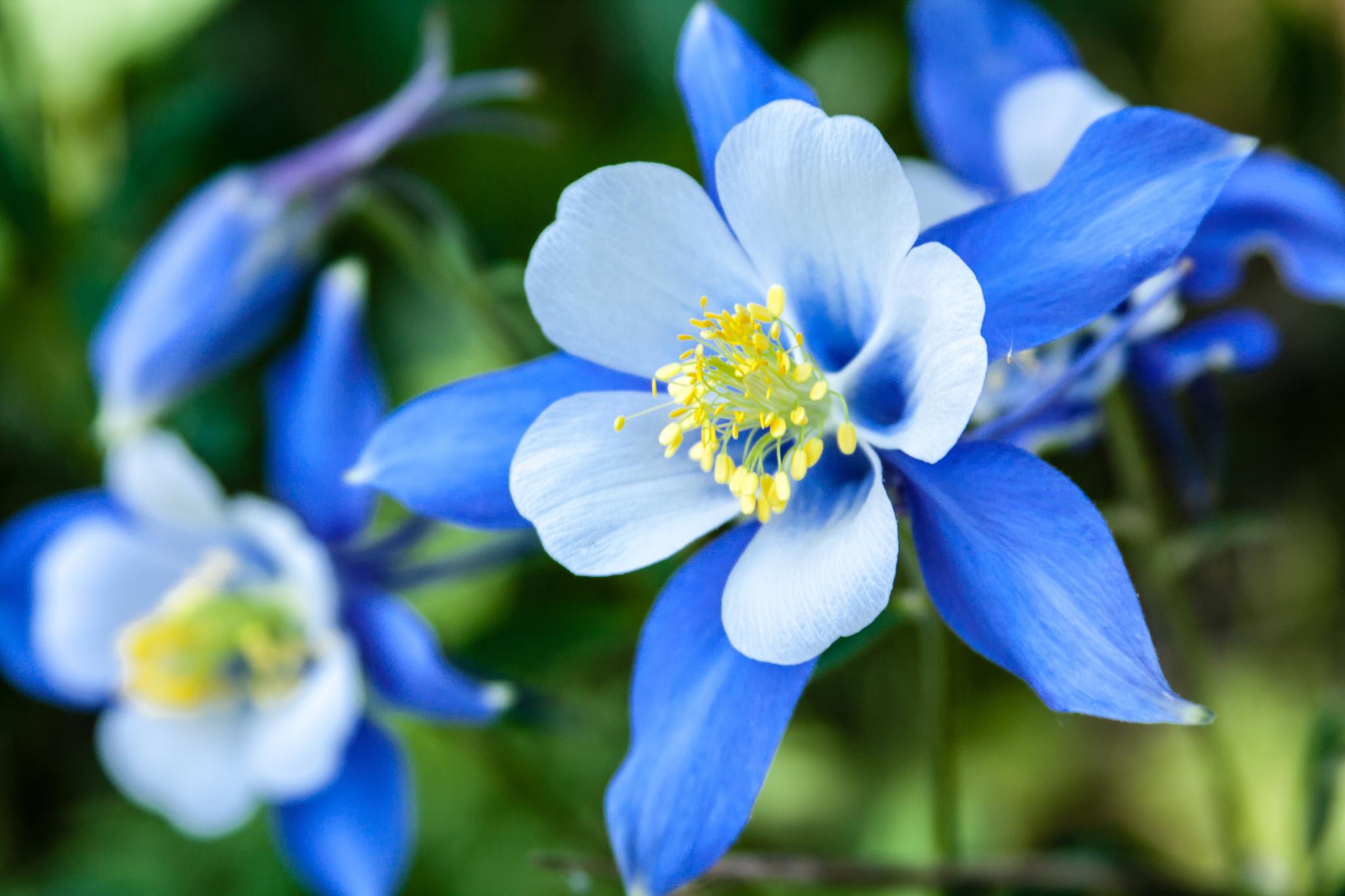
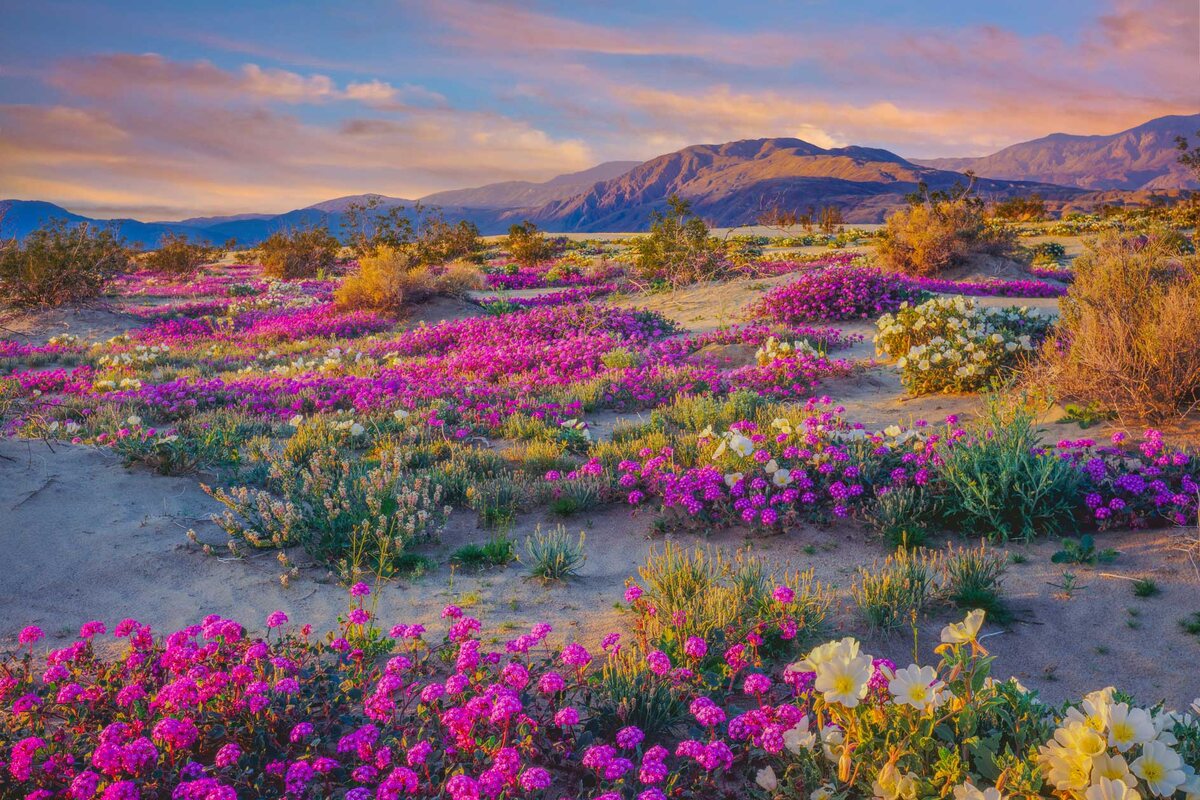
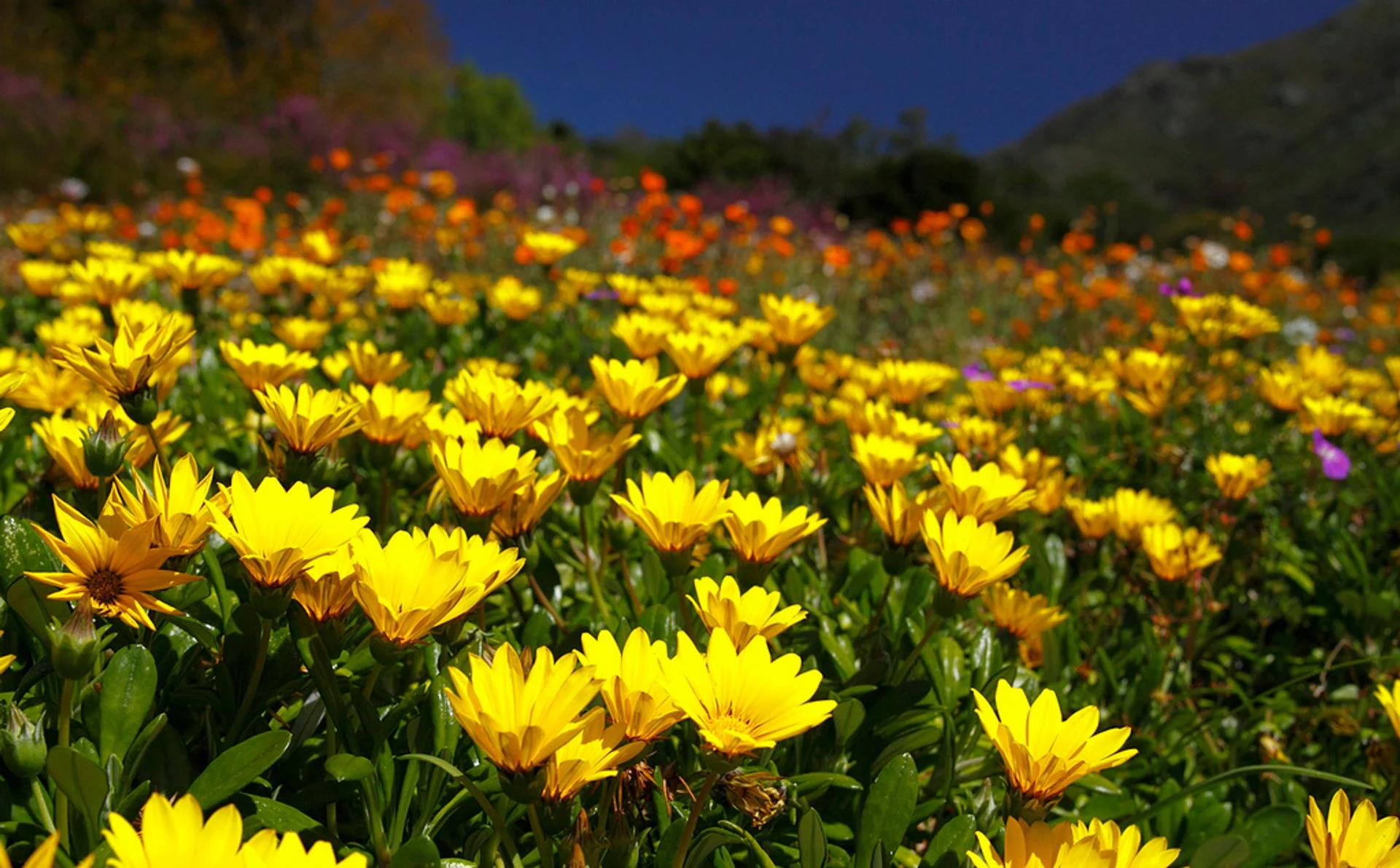
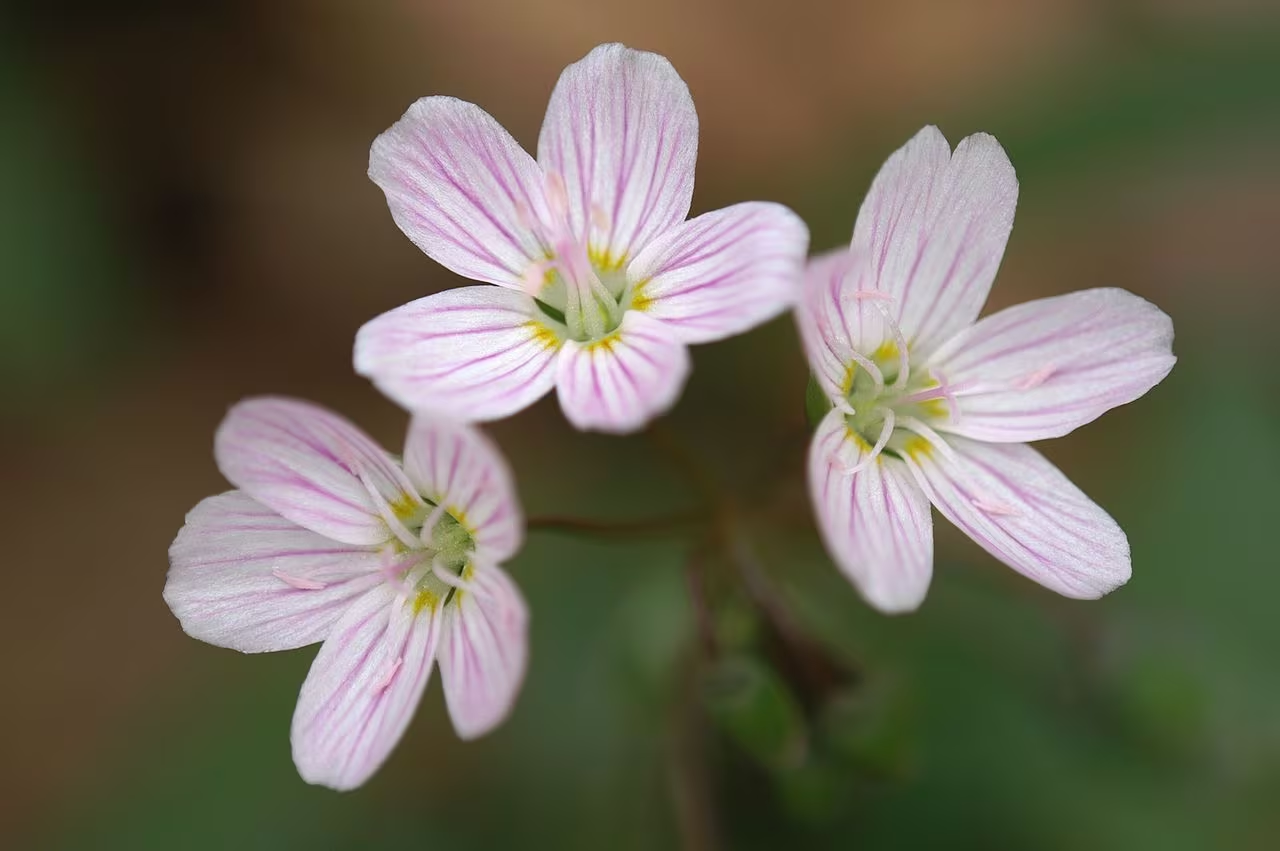
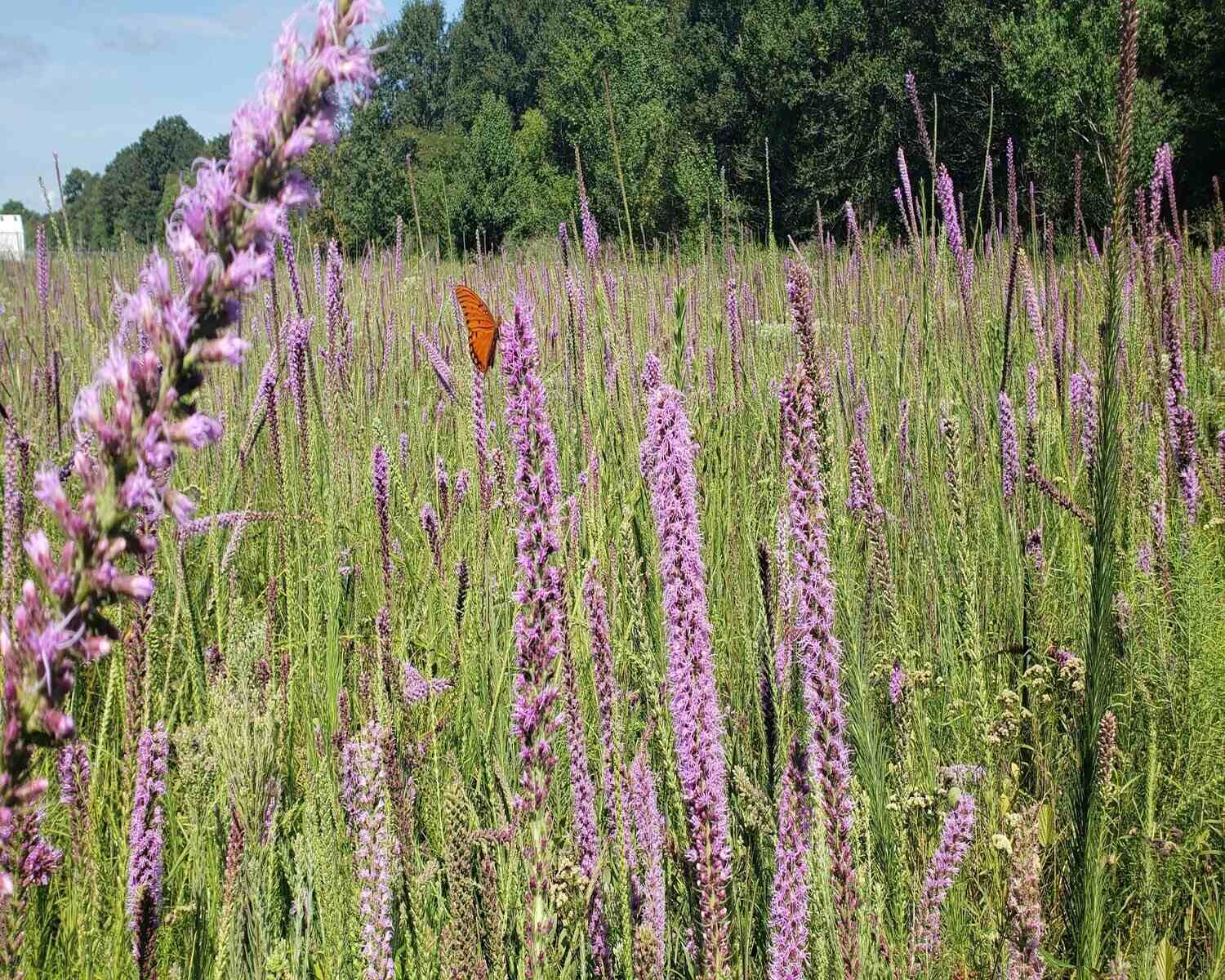
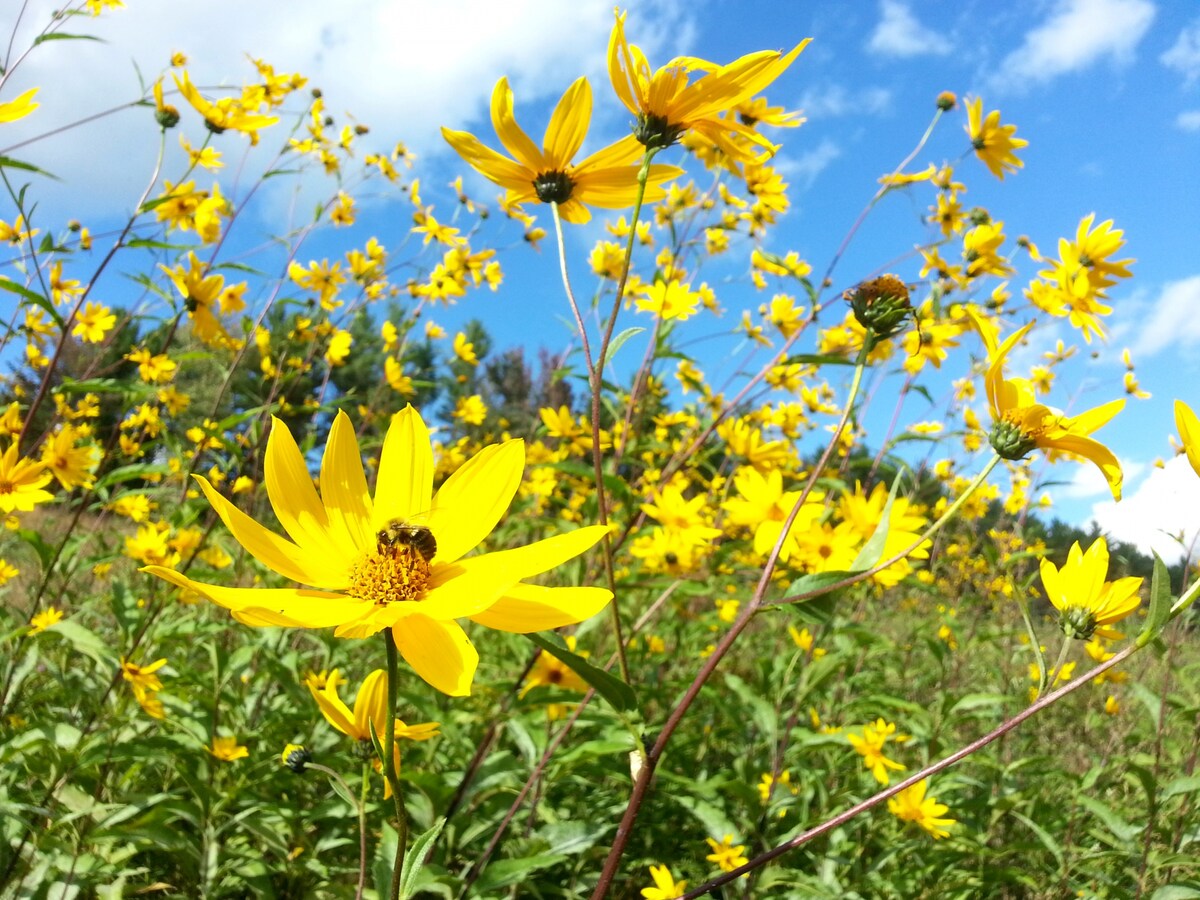
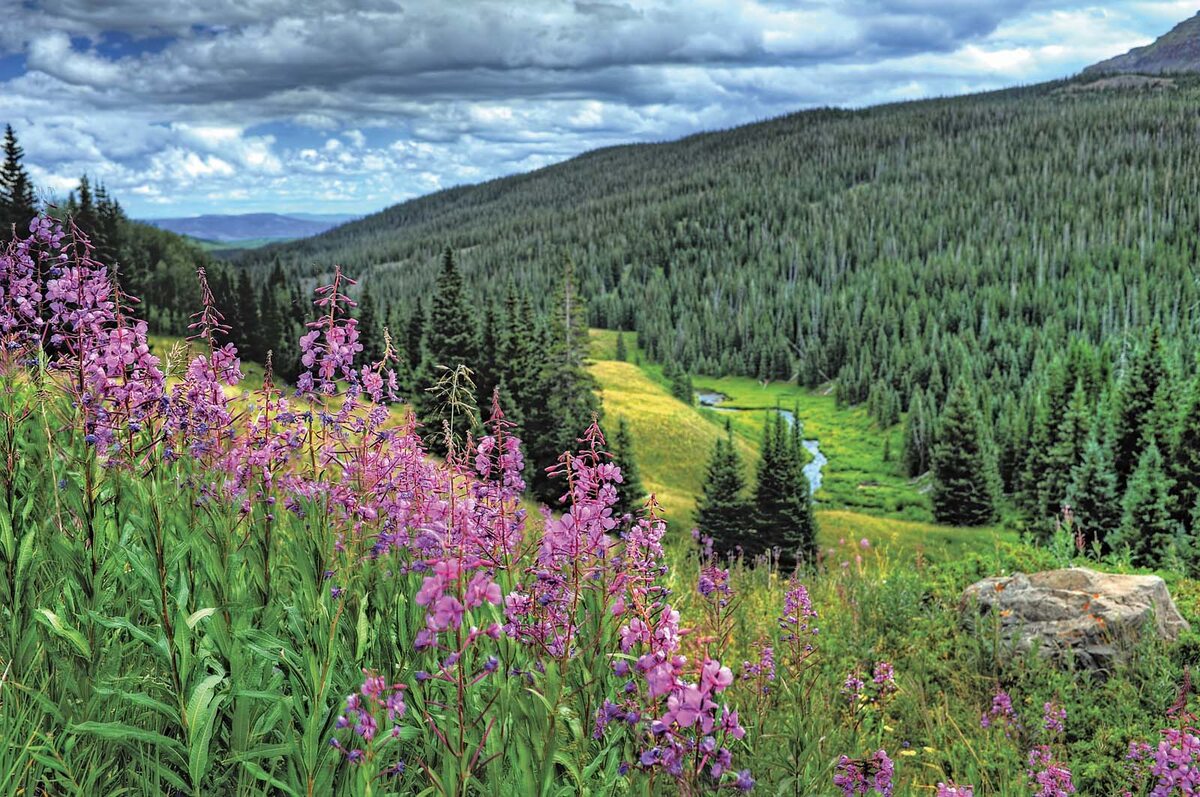
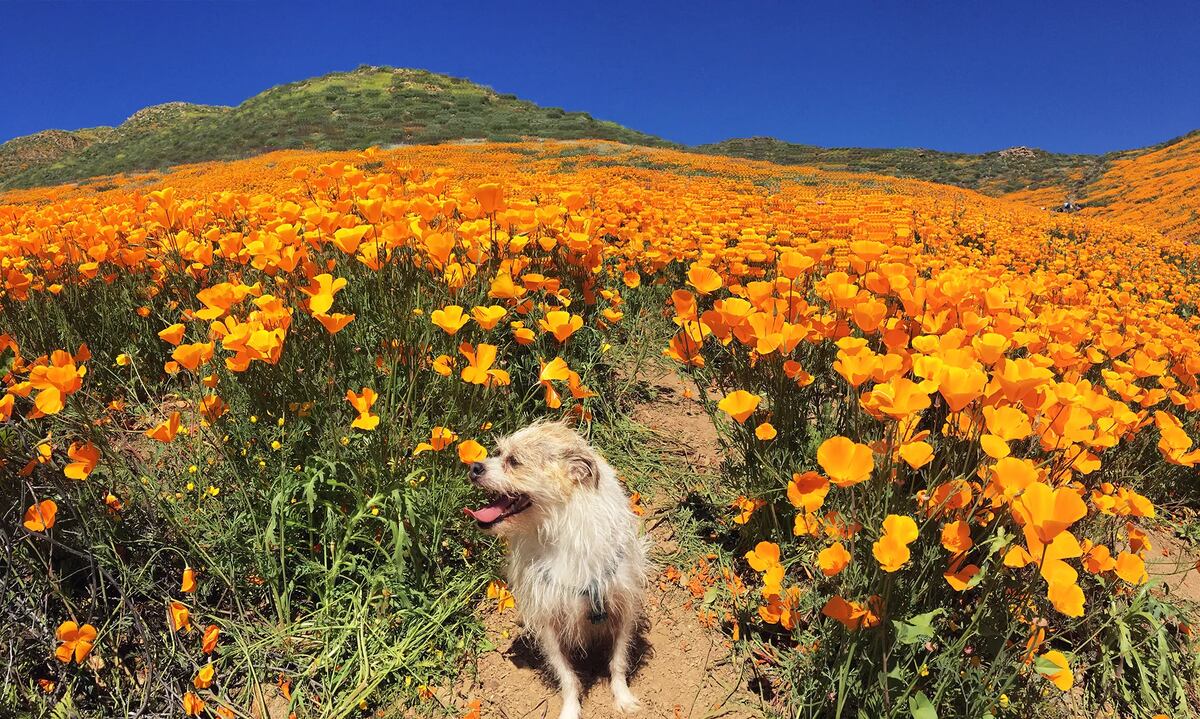
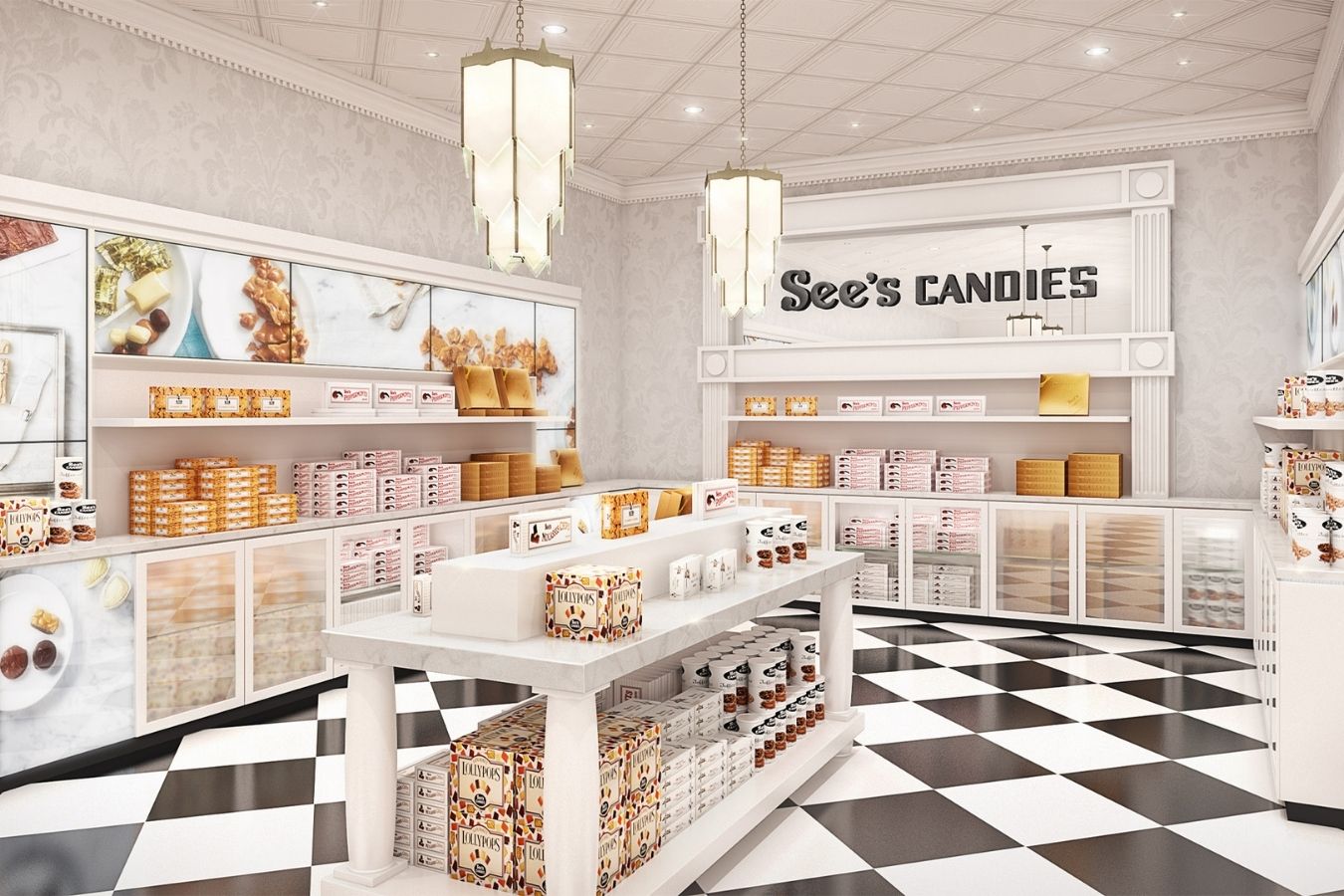

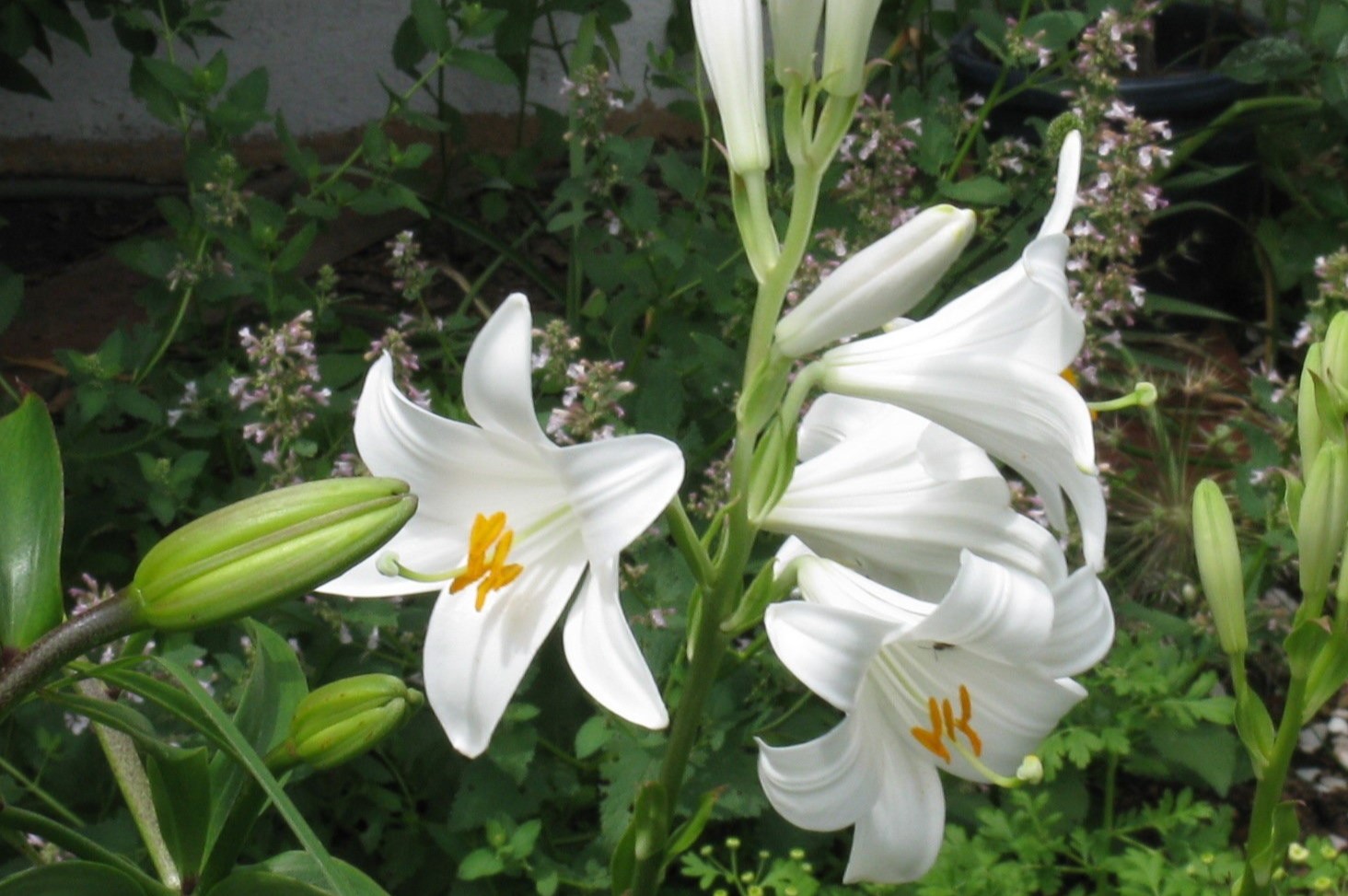
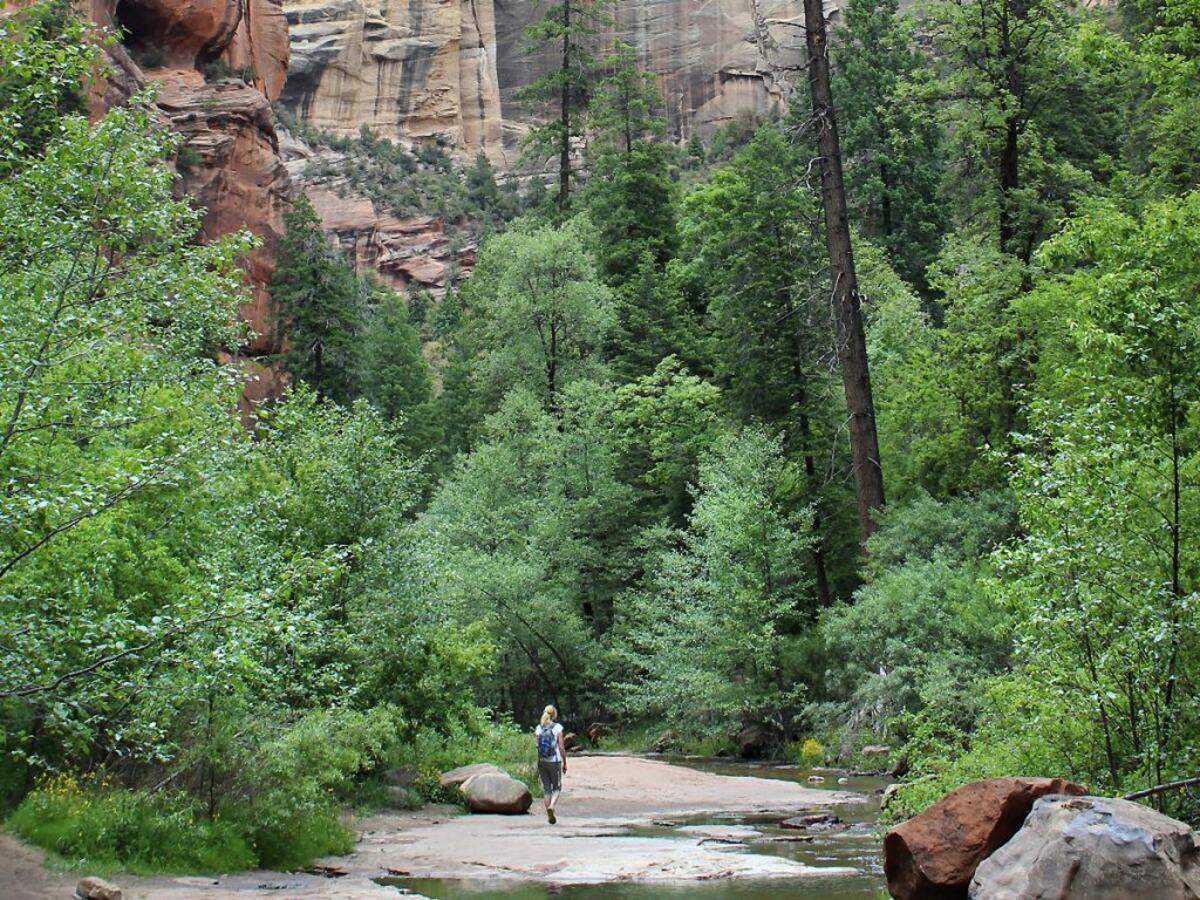


0 thoughts on “Where To See Wildflower Blooms”